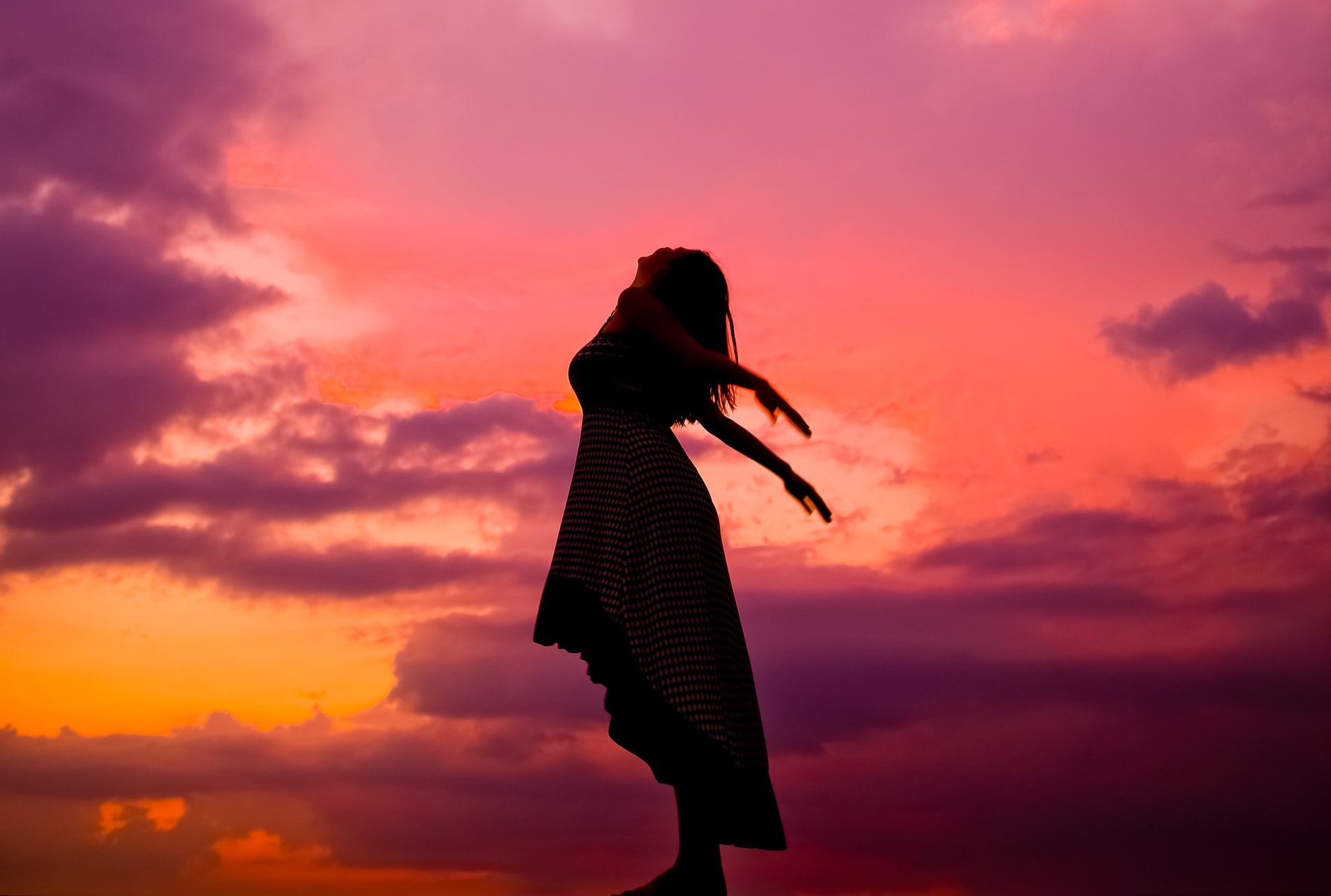Here is your next Shortcut to Buddhahood. Pain in inevitable, while suffering is optional.
In today’s world, so many of us are experiencing both pain and suffering. So, it’s not surprising that we frequently reach for a pain pill or some quick fix to hinder the physical or emotional ache. While I am all for an occasional glass of wine; some habits may quickly develop into a hindrance, causing unseeing suffering.
Pain is an unfortunate part of everyday life and not only a part of the human condition, but the very makeup of every living being. Suffering; however in Buddhism is viewed as a choice—often an unconscious choice. Buddhists observe that suffering is primarily man made. While pain is unavoidable, suffering can be avoided.
Buddhists embrace pain, but are taught how to prevent suffering.
We learn that most of our suffering is caused by ‘undisciplined thoughts’ which lead to undisciplined emotions. What are undisciplined thoughts?
I’ve noticed, there are three undisciplined thoughts that cause us the most suffering, resisting, grasping and desires. A resisting thought causes anything from frustration, fear, anger, sadness, rage and everything in between. While a grasping thought causes the sensation of being unsatisfied, longing, impatience, entitlement, unworthiness and feeling separate. Both grasping and resisting invite inexhaustible desires. Simply put, resisting, grasping and desires make us feel unsafe, which perpetuate suffering.
However, as human beings walking on earth we need some desires to function, like food, sleep, shelter, companionship and love. These desires are sometimes referred to as natural desires {or our basic essentials} and natural thoughts. Modern day Buddhist are not referring to our basic essentials when they use the word desire in Buddhism, but attributing to excess and gluttony in all its forms.
One example of an undisciplined thought; originating from grasping, resisting and desire, is when we place a story behind a thought. A story may be a memory of an incident or a story could be creating a pity party for ourselves or creating an unpleasant scenario in our minds regarding a situation. Some of our stories are conscious, while others are within our subconscious. And the more creative we are, the more creative our stories {thoughts} may be, which means the more suffering we’ll experience.
We often equate suffering with dying. But death is part of life and not all deaths experience suffering. When a toddler is in pain from cancer, we may call such a state of affairs— suffering. Let’s say this toddler is surrounded by his loving parents, so he feels safe and loved, and because this is a child, he is unable to create a story behind his pain. So, in Buddhism we would perceive this child as experiencing minimal suffering—although in pain.
Here is a Zen Buddhist teaching—-about physical pain and how we create suffering for ourselves. “A man gets hit by a dart, instead of experiencing the physical pain of the dart penetrating into his skin and seeing it and feeling it for what it is; he gets hit by a second psychological dart—that comes from his subconscious mind {thoughts}—causing suffering. Which may sound like this; “I can’t believe he just hit me with a dart, I think he did it on purpose, I am going to get back at him; or I deserve getting hit with that dart, I am so careless, I have to become more ‘mindful, what is wrong with me” etc. There are endless scenarios for a second dart to hit us following the first. In Zen Buddhism, it is said that our suffering predominantly comes from the—-second dart.
Today many of us are out of work, while others are sick with the coronavirus. We can’t afford to get hit by a second dart—creating suffering on top of our pain. If its emotional pain you are experiencing do something physical to break up the emotional blockages; like ride a bike, swim, dance, exercise, garden, yard work, sing, speed walk, yoga, walk your dog, go for hike, etc. If its physical pain, you are experiencing—allow it, accept it and receive it—so the pain can give you the message it wants to tell you, then allow the pain to flow through you. Visualize the pain breaking up over and over again, breaking up like a puzzle into tiny pieces— see the pieces evaporate out through your pores dissipating upward away from your body. When I gave birth, I rested somewhat comfortably on my side while my body dilating to 10 cementers, I was one with the pain and did not experience contractions the way other women apparently do. When the doctor said, “ok we’re having the baby now” as if he was waking me up; my sister in law was in the room, she screamed out-loud in anger; “how is this possible I had four babies and was in agony each time—for over 14 hours straight, Patti has a baby and quietly lies on her side as if she is sleeping—during all of her contractions.” My sister in-law actually ran out of the room and didn’t return until several hours after I had my baby. Resisting pain—causes agonizing suffering. I go into detail about pain and suffering in my book ‘A Short-cut to Buddhahood.’ Offering methods so we can prepare our body and mind—for the pain in our everyday lives. Pain in inevitable, while suffering is optional.


